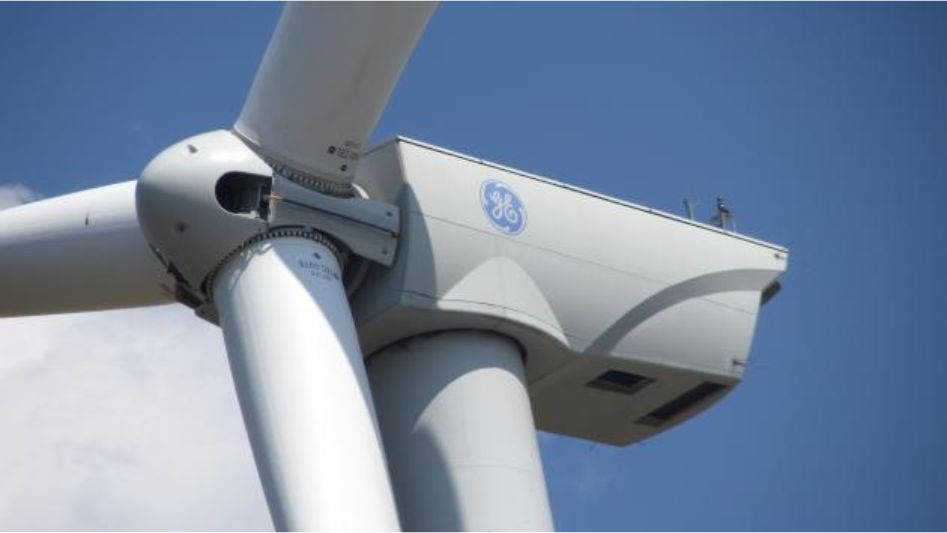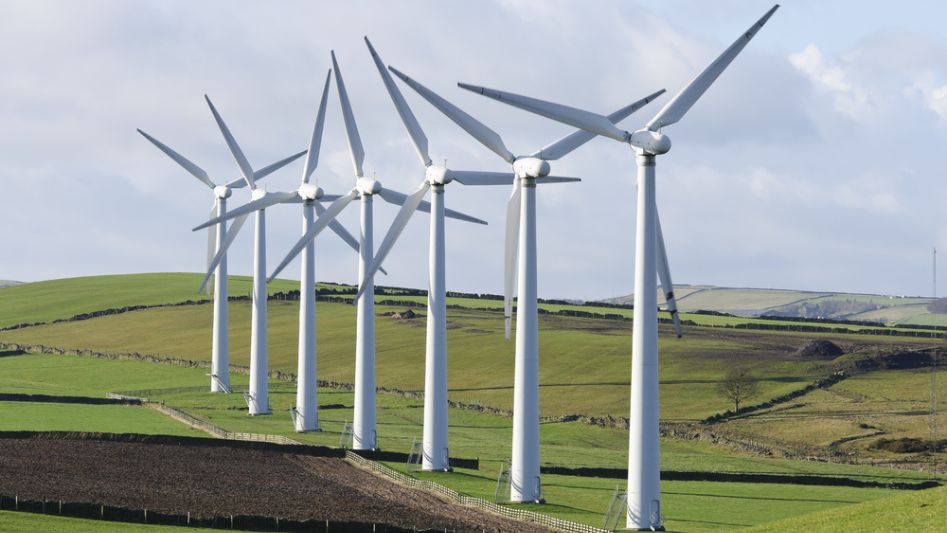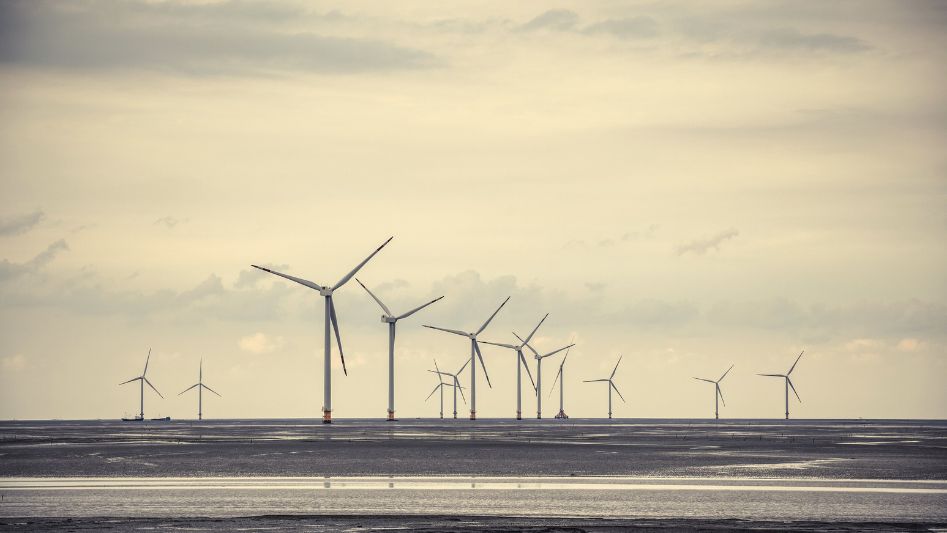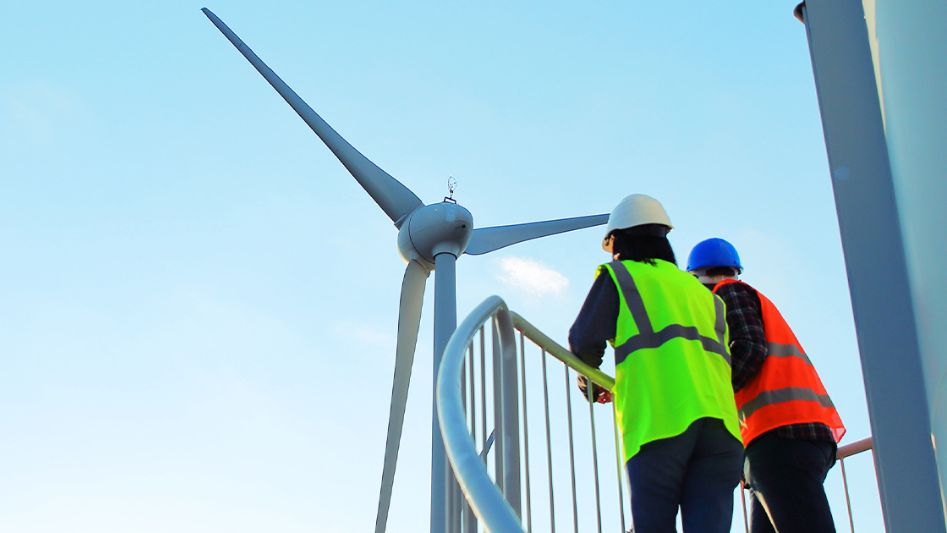Is Vortex the Future of Wind Turbines? A bladeless wind turbine, like a big rolled joint launched into the sky, is a revolutionary new approach to harnessing wind energy.
Table Of Content
On today’s highways, it is no longer a surprise to see pinwheels of 100 feet in diameter spinning in the breeze. But you shouldn’t become too used to having that perspective. The revolutionary new method of producing wind energy that is being proposed by a Spanish business called Vortex Bladeless would once again turn what you see when you look out the window of your automobile upside down.

They came up with the concept of a wind turbine called the Vortex, which does not have any blades and instead resembles a gigantic rolled joint that is propelled into the air. The purpose of the Vortex is the same as that of traditional wind turbines, which is to convert the kinetic energy contained in breezes into usable electrical energy. However, it approaches things in a very different manner.
The Vortex makes use of a phenomenon known as vorticity, which is an aerodynamic phenomenon that forms a pattern of spinning vortices. Rather than gathering energy through the circular motion of a propeller, the vortex capitalizes on this phenomenon. For a very long time, architects and engineers have seen vorticity as the adversary of their profession. As a result, they have spent a lot of time and effort trying to build around these whirlpools of wind. And with good reason: if there is enough wind, vorticity may force buildings to move in an oscillating motion, which, in certain situations, as in the example of the Tacoma Narrows Bridge, can eventually lead to the structures’ destruction.
When they created the company, David Suriol, David Yáez, and Raul Martn, the creators of Vortex Bladeless, saw opportunity where designers saw risk. Suriol explains, “We asked, ‘Why don’t we attempt to harness this energy, not prevent it?'” In 2010, the group came up with the idea of launching Vortex Bladeless as a means of channeling this pulsating energy into a constructive endeavor. They just started a crowdfunding campaign with the goal of getting more people to know about the technology.
The design of the Vortex was devised computationally in order to guarantee that the spinning winds, also known as vortices, occur synchronously throughout the whole of the mast. Villarreal contends that for high performance, the swirls must cooperate with one another.The elongated cone of the present prototype is constructed from a composite material consisting of fiberglass and carbon fiber, which enables the mast to vibrate to the greatest extent feasible (an increase in mass reduces natural frequency). Two rings of opposing magnets serve as a form of non-electrical motor and are located at the base of the cone in the device. It doesn’t matter how fast the wind is blowing since the repelling magnets will pull the cone in the opposite direction whenever it oscillates in one direction. This will increase the movement of the mast. After this, the kinetic energy is transferred into electrical energy by the use of an alternator, which boosts the frequency of the mast’s oscillations in order to enhance the efficiency of the energy collection process.
The fact that the Vortex does not include any gears, bolts, or other mechanically moving elements is one of the selling points of its manufacturers, who claim that this results in lower production and maintenance costs. According to the company’s creators, their Vortex Mini, which has a height of around 41 feet, is capable of harvesting up to 40 percent of the power that the wind has to provide under optimal circumstances (this is when the wind is blowing at around 26 miles per hour). According to field testing, the Mini eventually absorbs 30% less wind than traditional wind turbines; however, this deficit is offset by the fact that you can fit twice as many Vortex turbines into the same area as a propeller turbine.
According to the Vortex team, there are many obvious benefits to using their model: It has a lower cost to make, is completely quiet, and is better for the safety of birds since there are no blades that they may fly into. According to Vortex Bladeless, their turbine would cost around half as much as a conventional turbine, whose primary expenses are associated with the turbine’s blades and its support system. In addition to that, according to Suriol, it has a really nice appearance. “It looks like asparagus,” he says. “It comes across as a lot more organic.”

In Spain, the firm has already secured one million dollars from private investors as well as from the government, and they have hopes of concluding a round of fundraising in the United States very soon. According to Suriol, there is sufficient interest for him to get anywhere from 100 to 200 emails every day from individuals enquiring about the turbine. Obviously, there is a long way to go until the technology is perfect. They anticipate that their first product, a wind turbine with a power output of 100 watts and a height of 9 feet, will be available for distribution by the end of this year at the very latest. One year from now, the Mini, which is the 41-foot version of it, will be completed.
Pinwheels will likely remain scattered throughout the landscape for the foreseeable future, which is something that Suriol views as a cause for celebration. “We are unable to find anything negative to say about traditional wind turbines since they are wonderful equipment,” he explains. “All we’re doing is suggesting a fresh approach, a different strategy,” you may say.
Conclusion
The purpose of the Vortex is the same as that of traditional wind turbines, which is to convert the kinetic energy contained in breezes into usable electrical energy. The Vortex makes use of a phenomenon known as vorticity, which is an aerodynamic phenomenon that forms a pattern of spinning vortices. Rather than gathering energy through the circular motion of a propeller, the vortex capitalizes on this phenomenon. It doesn’t matter how fast the wind is blowing since the repelling magnets will pull the cone in the opposite direction whenever it oscillates in one direction. This will increase the movement of the mast.
FAQ
How efficient are wind turbines that don’t have blades?
It generates the same amount of electricity at a cost that is 45% cheaper than that of a typical 3-blade wind turbine since it runs at low to medium wind speeds and has a wider operating range than traditional wind turbines.

What do you believe to be the primary justification for wind turbines having just three blades each?
A majority of wind turbines have only three slender blades because of a combination of structural and economic considerations. Having only one or two blades results in more complicated structural dynamics, and having more blades results in higher costs for both the blades themselves and the attachments of the blades to the turbine.
Where do you see wind turbines going in the future?
The market for renewable energy technologies is expanding at an exponential rate, and technological advancements in wind turbines are responsible for a significant share of this expansion. According to the results of recent research, it looks like wind power will be the most cost-effective way to make electricity in the near future.
You May Also Like
- Vertical Axis Wind Turbine in Urban Applications
- Wind Energy: The Unknown Facts
- Vertical Axis Wind Turbines. Can They Work Together?
- What Are Wind Turbine Blades Made Of? Could They Be Recycled?
- How Large Is This Hybrid Solar & Wind Energy Facility In Europe?

